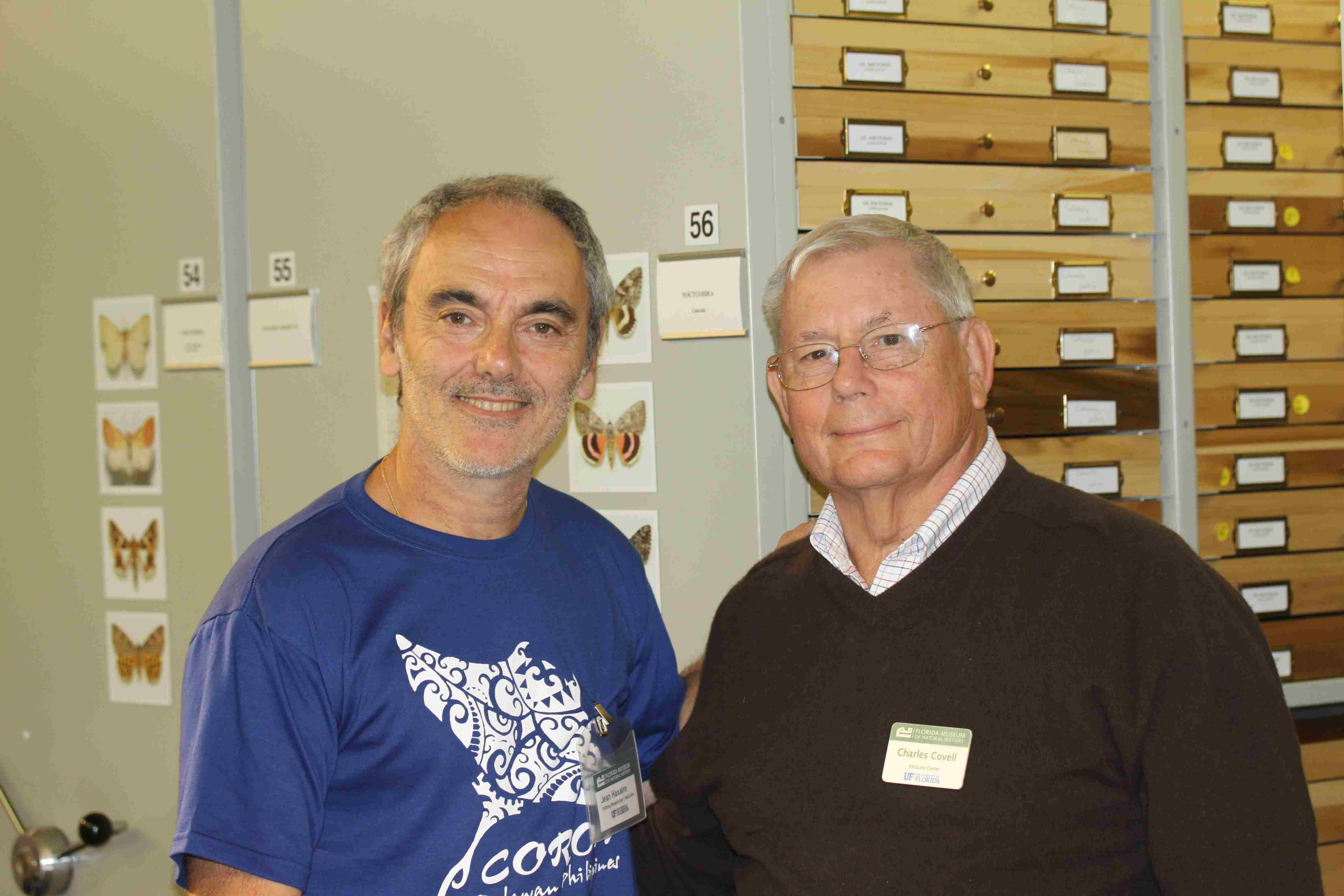Alumni
Of the Sphingidae family is one of the best known it. There is a famous Sphingologues, the first being of course Karl Von Linné (1707-1778), handle a very large number of species in a single genus, Sphinx. Beautiful species of the fauna of France were named by this illustrious Swedish naturalist, father of the binomial nomenclature.
I will make one day a page dedicated to the great sphingologues of the past, but here I will just enumerate the essential.

Just after Linnaeus, Hübner, Fabricius, Cramer, Boisduval, Walker, Felder, Druce, Butler, Kirby, Burmeister, Holland to cite only the major descriptors, are the predecessors of one who will remain in the history of the Sphingidae as the most incredible, most innovative, most talented specialist of this family: Karl Jordan.
Real name Heinrich Ernst Karl Jordan (1861-1959), this author will describe not less than 3426 new species for the sciences, not only of the Sphingidae of course, but his life’s work will undoubtedly remain the monumental “Revision of the lepidopterous family Sphingidae” published in 1903 (in collaboration with Lord Walter Rothschild). 972-page book remains for all specialists the inevitable, the book who gave the order in a dreadful mess synonymies of errors of nomenclature and approximate Systematics. Jordan is paying the luxury of sketching a phylogenetic classification of the Sphingidae 50 years before Willi Hennig popularized the method. Note that Jordan published more often with Lord Walter Rothschild, which allowed the latter to commit (among other) a little less synonyms. Walter Rothschild was the financier of the team, as it had its own journal, Novitates & noteworthy Zoologicae, and founded his Museum, Tring Museum, which is now part of the Natural History Museum in London.
After Jordan, a series of specialists/descriptors followed, but the names that stand out are undoubtedly those of Benjamin Preston Clark, Bruno Gehlen and Kurt Kernbach. The first two were a certain rivalry that led to the escalation of descriptions, but many of their species are valid, and the Clark/Gehlen competition will remain famous in the history of the sphinx. The fabulous Clark collection is now at the Carnegie Museum in Pittsburgh. This is one of the most beautiful in the world.
The current
It would be difficult to forget anyone. I am pleased to present below a small gallery of entomologists sphingologues (you understand that the Word does not exist) that I consider classics, and the meeting is always for me a huge enrichment. I add my spiritual father, Jean Marie Cadiou, gone too soon and tragic way. Talk of Sphinx without talking about Jean Marie thing is impossible. So it’s always current.
















